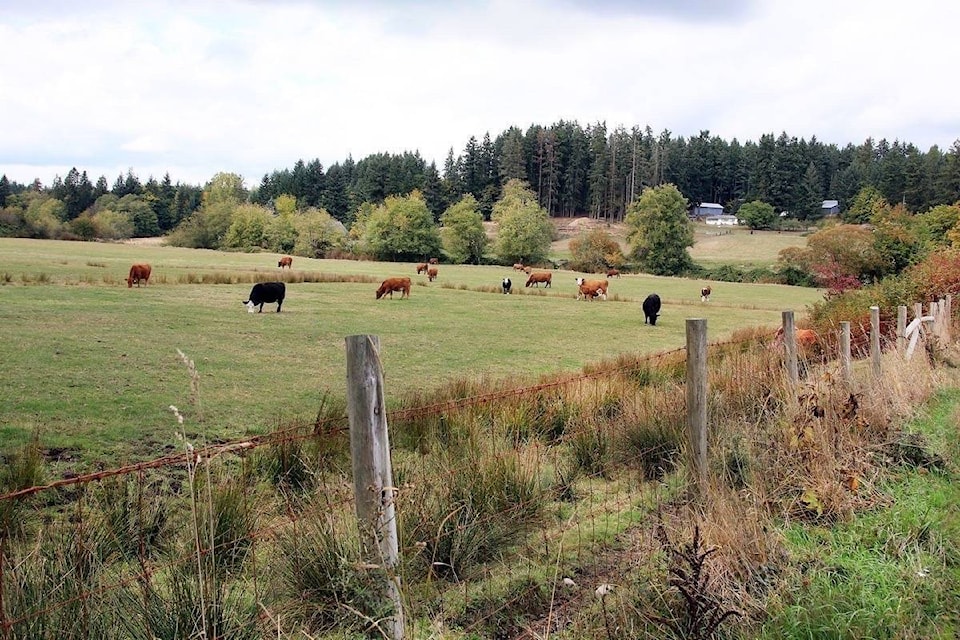We must protect our ability to grow our own food.
A recent presentation by a land-use planner with the Ministry of Agriculture and Food to the Cowichan Valley Regional District was alarming.
Not only is just five per cent of land in the province in the Agricultural Land Reserve, but seven per cent of that five per cent is roads, water, and some federal land. Needless to say, the latter seven per cent can’t be farmed.
Add to that increasing development pressures that are worst in the very same areas that have the most and best agricultural land, and the high cost of that land, and you’ve got something to worry about.
But perhaps the most breathtaking thing the CVRD heard was that there are people within the bureaucracy who think land in the ALR should be used for non-agricultural purposes.
“If I had a wish list, the ALR-use regulations would look a lot different than what they are now,” said the ministry’s Reed Bailey. “But, unfortunately, our little land-use planning team often gets overruled and trumped by other aspects of our ministry, and by other ministries for that matter. What we want to see sometimes doesn’t mesh with what the province wants to see.”
This should have all of us up in arms. We cannot afford a return to the days when absurdities creeped in like golf courses being allowed on ALR land — the legacy of which we’re still dealing with. It’s in blatant defiance of the spirit of the ALR.
The reserve was created in 1973 to protect our farmland from intense development pressure that was eroding our ability to feed ourselves at an alarming rate.
Of course, we still don’t even come close to producing enough food to feed ourselves in this province. But the last thing we need is to make it worse by eating into our precious reserve.
We get much of our produce from places like California, where drought is common and wildfires are often worse than in B.C. Shortages can drive up prices — we’ve seen it on numerous occasions — and events could even lead to periods of unavailability of things we consider staples in the future. Do we want to be at the mercy of producers in another country? Shouldn’t we at least preserve the fundamental ability to grow it if we had to?
Developers love farmland because it’s flat and cleared and thus easy and cheap to build on. But once it’s gone it’s almost never restored.
Farming contributed $4.37 billion to the provincial economy in 2021 and employed 31,000 people. We should be encouraging people to farm, not making it harder. In the age-old wants vs. needs debate, it’s obvious where growing food falls.
